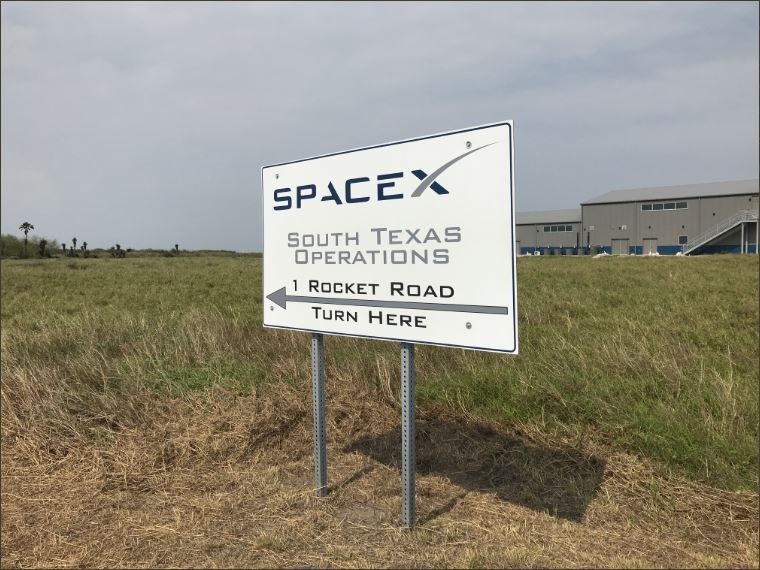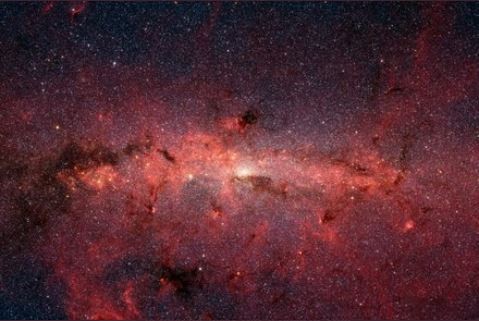SpaceX will have its 3rd attempt to launch Starlink satellites. According to Florida Today's latest report, the fans of SpaceX are waiting for 3rd time's charm for the space agency's tenth Starlink satellite mission. On July 11, at 10:54 a.m., the recycled Falcon 9 rocket is currently ready to lift off from pad 39 A at Kenndey Space Center.
Also Read : NASA Updates Guidelines Preventing Astronauts From Bringing Earth Microbes into the Outer Space

Pretty cool name for a road huh? Road#spacex #rgv @elonmusk pic.twitter.com/nf8xG6TtSl — RGVAerialPhotography (@RGVaerialphotos) July 11, 2020
Also Read : Venus Will Be 21 Times Brighter Than the Brightest Star This Week! Here's How and When to Watch!
57 Starlink satellites and two micro-satellites will be carried by Falcon 9 from Seattle based BlackSky, as part of the rideshare program of SpaceX. Together with his Starlink satellite constellation, the CEO of SpaceX, Elon Musk, is jumping into the broadband internet business to fund his ambitious goal of reaching Mars. Internet connectivity will be provided by satellites from space to rural areas.
Elon Musk said that he will start providing service to customers in parts of North America near the end of the year. 600 satellites will be deployed in orbit, forming the constellation, if Starlink launch will be successful. SpaceX said that the team needed more time for pre-launch checkouts, although Falcon 9 and the satellites are in good condition. Because of this, the launch on June 26 was scrubbed.
The conditions for the launch are currently 60% "go," as stated by the 45th Space Wing. The Falcon 9 rocket's first-stage booster will attempt a landing on the "Of Course I Still Love You" drone ship currently stationed in the Atlantic Ocean, approximately eight minutes after liftoff.
What is on the other side of the Galactic Wall?
The New York Times reported that scientists discovered a galactic wall outside the Milky Way galaxy. The vast wall is located across the southern border of the local cosmos.

"Beyond the Milky Way, a Galactic Wall" by BY DENNIS OVERBYE via NYT #science #news https://t.co/TwkINgwqrB pic.twitter.com/FxEiOahIqT — Gianluca Gonella (@gian_gonella) July 10, 2020
The galactic wall called "The South Pole Wall" consists of thousands of galaxies. It is home to trillions of stars and dark worlds, including gas and dust, which are aligned in a curtain arcing across at least 700 million light-years of space.
The galactic wall was discovered by an international team of astronomers led by R. Brent Tully of the University of Hawaii and Daniel Pomarede of Paris-Saclay University; Astrophysical Journal published the study results."The discovery is a wonderful poster child for the power of visualizations in research," said Dr. Tully.
The scientists claimed that other cosmographic features, such as the arrangement of galaxies, are connected to the new galactic wall. Although the galaxies in the space wall are not visible, Dr. Pomarede and his colleagues were able to study and observe their gravitational effects by assembling data from telescopes around across the globe.
ⓒ 2025 TECHTIMES.com All rights reserved. Do not reproduce without permission.




